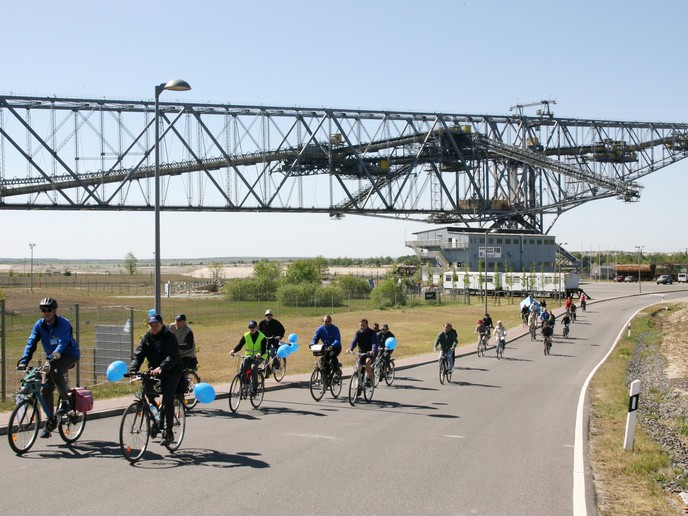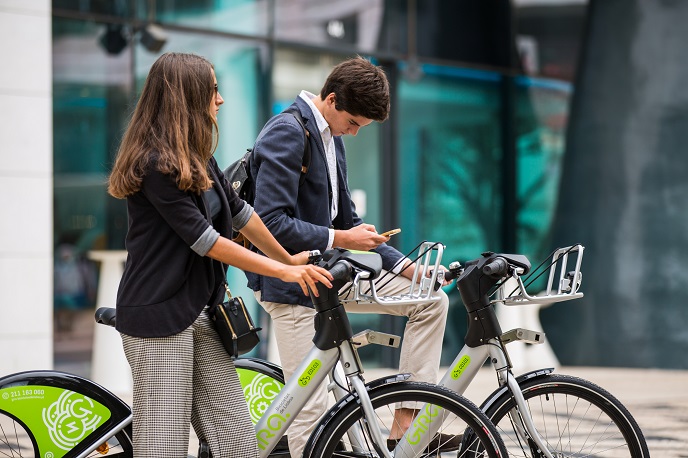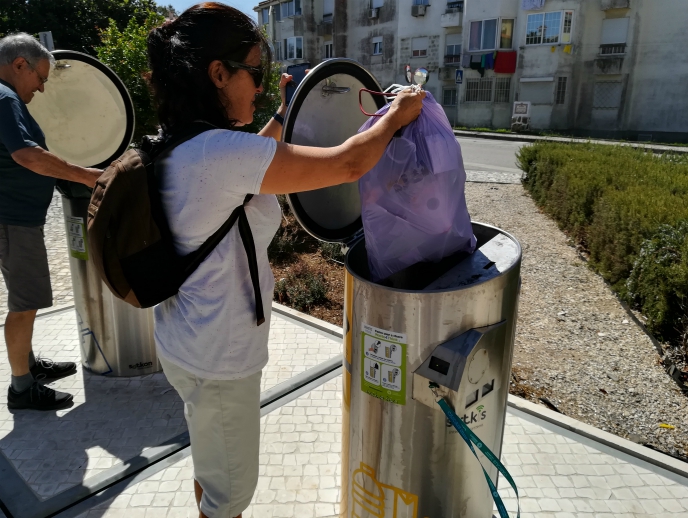Analysing energy efficiency fuels climate-neutral policies
Energy efficiency means getting the same result for less expenditure of energy. To reach the goal of climate neutrality by 2050, Europe must improve energy efficiency in buildings, transport and industry. For that to happen, policymakers need to understand the range of impacts caused by energy efficiency measures. The EU-funded refereetool.eu (REFEREE) project has designed tools for use at national and local levels to meet this need.
Energy efficiency and its impact
Energy efficiency includes a wide range of applications. Upgrades to insulation, smart thermostats, A+ appliances(opens in new window) and LED lighting are some examples. Renewable energy is also part of the energy efficiency portfolio, and it impacts all sectors of human activity. The positive effects of energy efficiency are wide-ranging. For consumers, results include reduced energy bills, improved health and increased property value. Societally, benefits lead to reduced greenhouse gas emissions, job growth and reduced poverty levels. To make the best policy decisions and further accelerate adoption of energy efficiency strategies, it is necessary to quantify environmental, financial and social benefits. According to project coordinator Stefano Faberi: “The project has produced two tools which can be used to assess impacts first at national and second at local level.”
Multiple benefits European and localities tools
The multiple benefits European tool provides modelling and simulation analyses appropriate to national level systems, whereas the localities tool is designed to work on a more granular scale. A major aim of the project is to develop a mechanism on the E3ME(opens in new window) platform that links the REFEREE-designed analytic engine to a complex set of external engines in one easy-to-use tool. Faberi clarifies this goal: “Simulations and impact quantifications are achieved through background calculations – conducted using models created outside of the REFEREE project – plus a modelling engine built within the project which further processes and calibrates the outcomes.” The integration of multiple modelling sources presented several challenges. Faberi says: “The main way in which these have been addressed is through strong collaborative working across the REFEREE consortium. Different partners have carried out extensive scenario testing within the European model, which has proven to be a rapid way to identify problems.” The project’s tools are currently being tested in four case studies. Studies in Germany and Spain are testing the performance of the localities tool in discrete municipalities. In Bulgaria and Italy, studies are testing the REFEREE tools at both national and municipal levels.
Training end users
In addition to the challenge of designing a tool that integrates multiple analytic engines, a further challenge is ensuring correct application of the tools by non-expert users. In particular, correct parameterisation and accurate interpretation of associated results is important. The case studies continue to provide valuable feedback concerning user guidance. REFEREE has created powerful analytic engines to guide community decision making at multiple levels. Testing is underway, and when completed it will be followed by a communication campaign to make the target audience aware of the tools available. With training in how to use these tools, European nations and municipalities have the potential to turn the ‘hidden fuel’ that is energy efficiency into the ‘first fuel’ driving prosperity and well-being.







